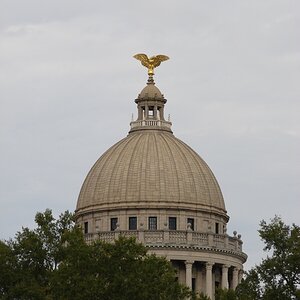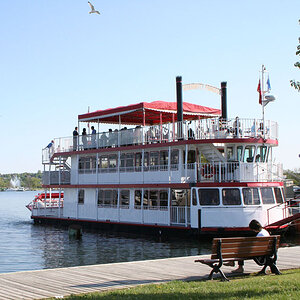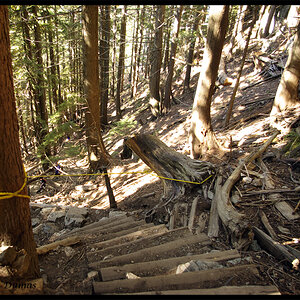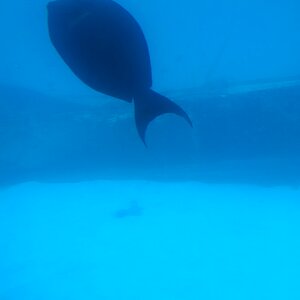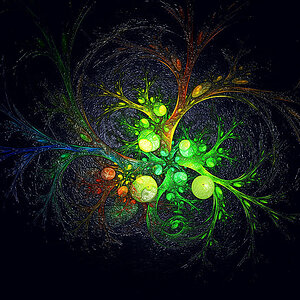Synergy
TPF Noob!
At last! I’ve been able to take some pics of the constellation Orion the wide angle shot was a 1 minute exposure using a 28mm lens, later I zoomed in using a 200mm zoom with a 2x matched multiplier, on the sword section which revealed M42, Orion nebula. I’ve been waiting ages to take this pic as when I got interested in Astrophotography, at the beginning of the year, I wasn’t experienced enough to take this kind of shot and didn’t have the equipment either. My only regret of the night was that I didn’t try using my scope as a 1540mm zoom lens on the nebula! But I will next time..




Orion as seen from my garden. the light through the bushes are a neighbours house lights

Zoomed in on Orions's sword. the cloud in the middle is a nebula

This montage shows where the nebula sits in Orion..

Orion as seen from my garden. the light through the bushes are a neighbours house lights

Zoomed in on Orions's sword. the cloud in the middle is a nebula

This montage shows where the nebula sits in Orion..








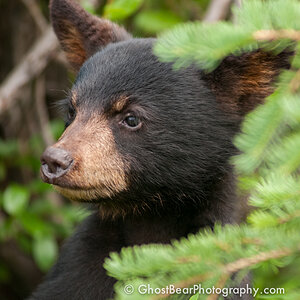
![[No title]](/data/xfmg/thumbnail/36/36643-92fe0dd9e247722bfefe299cd8a549f5.jpg?1619737670)

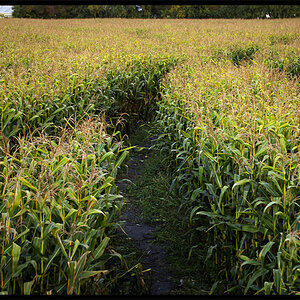
![[No title]](/data/xfmg/thumbnail/41/41896-54547e935773393100a20b8d9819f5bd.jpg?1619739935)
